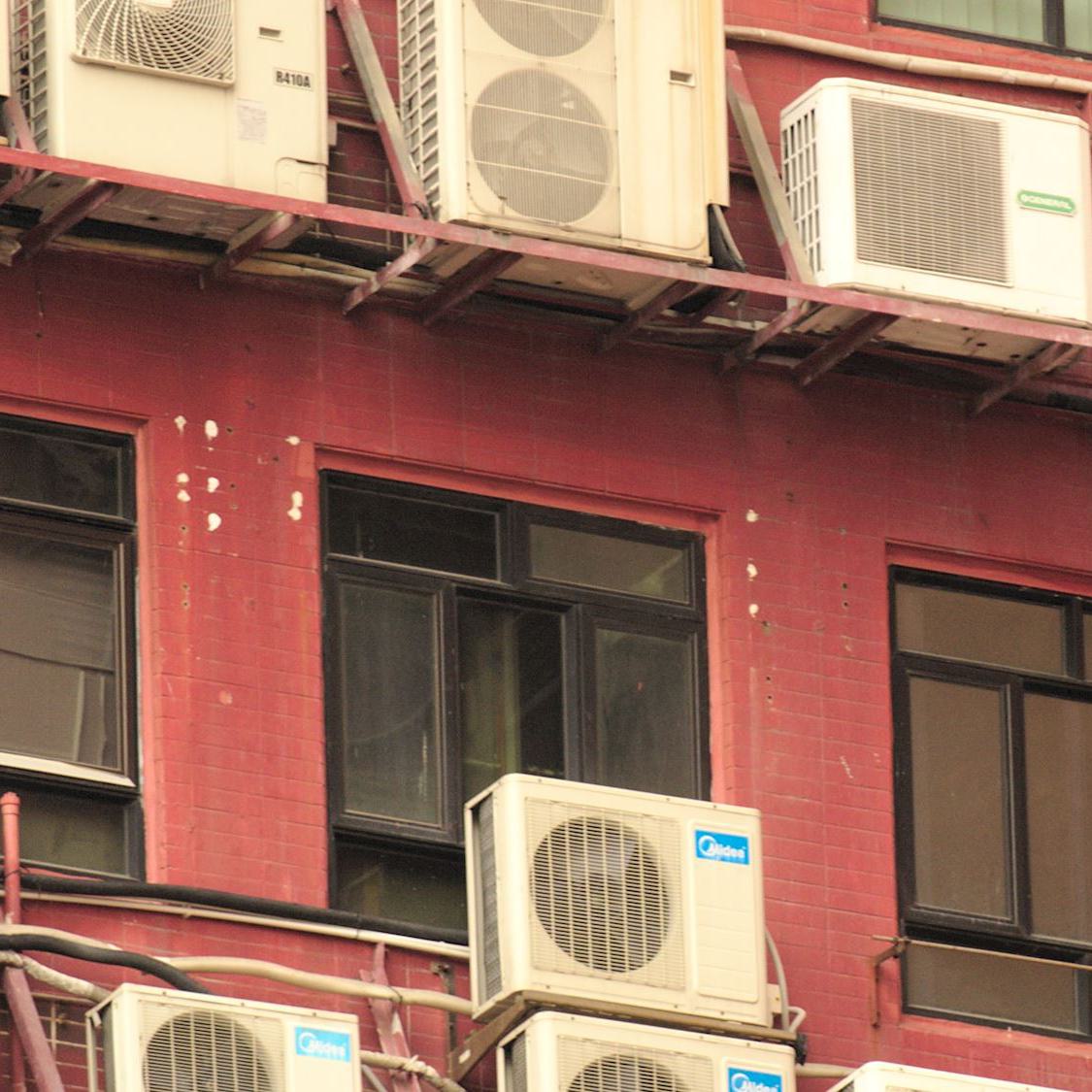It is certain that there will be an increase in energy demand in the near future. One recent study by Nature Communications, an open-source journal that publishes research in different fields of natural sciences, seeks to answer the questions “How” and “Why”. The study, entitled “Amplification of future energy demand growth due to climate change” was conducted by the International Institute for Applied Systems Analysis (Austria), the Università Ca’ Foscari di Venezia and the Euro-Mediterranean Center on Climate Change (CMCC) together with Boston University (USA), focused on determining the extent of this trend and the various factors that will contribute to it. To find answers, the researchers combined meteorological and energy consumption projections with those of the geographical population distribution (and density) and the national income, in five different socioeconomic scenarios, also including rising temperatures in the equation.

Latest study on Nature Communications analyses trends and growth factors.

Current global energy demand is concentrated in high-density and high-per-capita-income temperate regions, specifically Western Europe, the United States, Japan and China. In contrast, the tropics are home to developing economies that are poorer and consume much less energy, but whose population, income and energy demand grow significantly, even 2-4 times, in future projections. Globally, this means that baseline energy demand in 2050 will be two or three times higher than current demand, rising from 137 EJ to 234-388 EJ by the middle of this century.
Global population in 2050 will reach a record figure between 8.4 and 10 billion people, with a geographical distribution concentrated, for the most part, in the mid-low latitudes of the North. Similarly, per capita GDP, from the global average in 2010 ($9,763), will reach a value between $18,000 and $42,000, and this will determine access to energy for a huge number of people. Experts believe that climate change will be the main reason for the increasing greater demand for energy. The rise in temperatures during the hot season will, in fact, lead to a greater demand for air conditioning and this, by the middle of the century, will lead to an increase in energy consumption between 11% and 27%, if global warming is modest. If temperatures were to rise even more, this increase could reach 58% of current consumption. The tropics and southern regions of the United States, Europe and China will be particularly effected. These regions, regardless of GDP and population density, will have to deal with the great effort required by the country's air conditioners.

"In general, society will adapt to changing temperatures by increasing the use of air conditioning during the hot seasons and decreasing the use of heating systems during the cold seasons", notes Enrica De Cian, professor at the Università Ca 'Foscari Venice and researcher at the CMCC. She also observes that, "These changes in the cooling of spaces will have a direct impact on energy systems as businesses and households will require less natural gas and oil due to lower heating requirements and, conversely, more electricity to meet the greater demand to cool spaces".
On this issue, initial signs emerged last year, in the report "The Future of Cooling" by the International Energy Agency (IEA). The data had, in fact, highlighted how, without new efficiency standards, energy consumption by air conditioners is destined to triple, reaching, on their own, a demand for electricity equivalent to what China and India combined currently require. The sector currently represents one fifth of the total electricity used in buildings around the world and 10% of all electricity consumption globally, but in the future, these numbers seem destined to increase exponentially. Fatih Birol, executive director of the IEA, has emphasised that, with increasing incomes, the purchase of air conditioners will skyrocket, bringing the number from the current 1.6 billion to over 5.6 billion by 2050. The agency has identified improved energy efficiency of air conditioners as a possible solution to the problem. Standards for air conditioners are still very low compared to what they should be. At this point, the ball is now in the court of the governments and institutional bodies of the various countries. Only they can mitigate the phenomenon by implementing, at the legislative level, higher efficiency levels for air conditioners that reduce the need for new power plants without increasing emissions and costs.